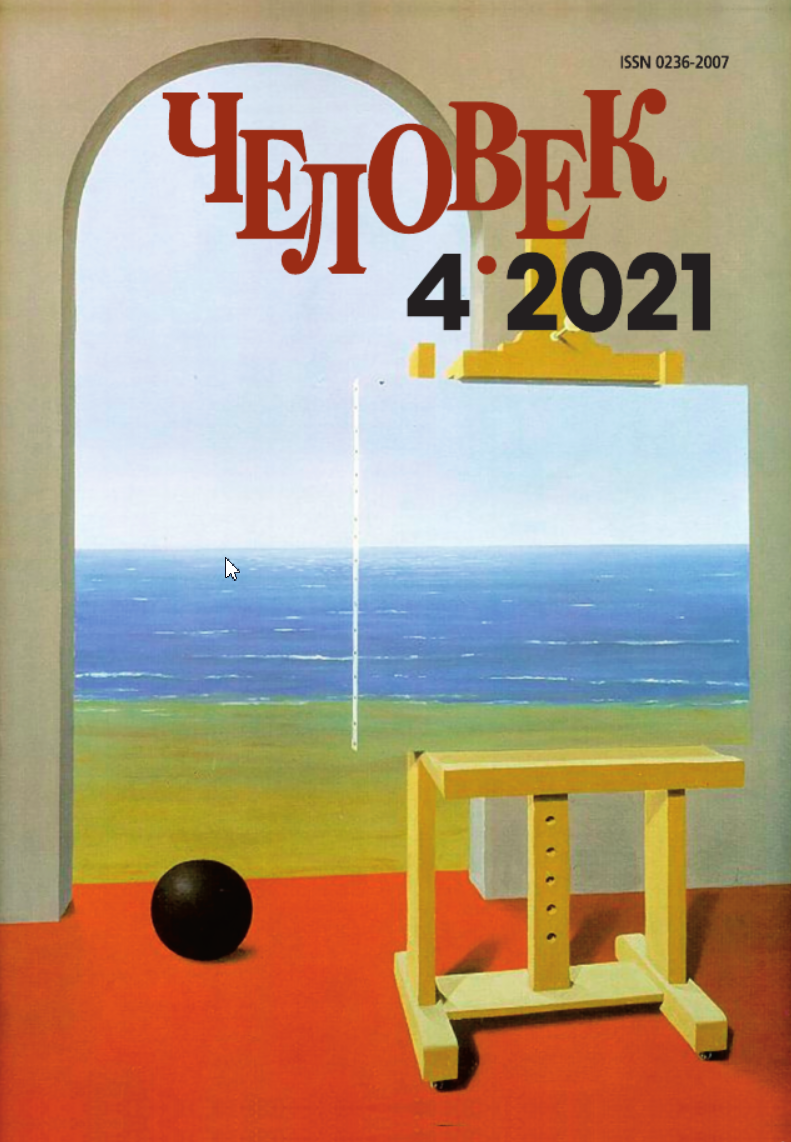“Our Posthuman Future” in Utopias of Contemporary Art
Keywords:
technologies, cyborg, utopia, body, art, transhumanismAbstract
The evolution of the concept of body and progress, specifically from Modernity and with the implementation of technologies, allows us to delve into new utopian / dystopian visions about the human subject and his corporality. Technological art, which originated in the second half of the twentieth century, is actively working towards dismantling the classic utopian paradigms that have accompanied culture for more than five centuries. The new art took over the function of managing the utopias that the artistic avant-garde created in an industrial society in the first half of the last century and replaced them with the utopias of a digital society. The understanding of the body as a space of utopian creativity, the idea-force of the automaton body persists even today implicitly in many of these figurations. Physical practices such as bodybuilding, plastic surgery, implants, makeup, and tattoos allow the body to act as a "utopian object". Along with this, there are attempts to present the body not as a living object of nature, but as a machine, as a bodily automaton. It is also remarkable to propose the body as a machine and not as a natural or animal object, an issue that will not fail to bring consequences when exercising activities with and on the body. New technologies offer the possibility of overcoming the limits imposed by our biological inheritance in a kind of explicit desire neither to accept our past, nor our natural-organic origin. In this sense, an important series of thinkers, scientists and artists consider the body as something completely obsolete, like an empty shell that must be shed to technologically give way to the next level in human evolution: the Techno Sapiens or the Cyborg. They advocate that the anthropology’s object of study passes from the “human being” to the “cyborg”, considering this one as a more suitable representative of our present, and above all, of our future. The figure of the cyborg has become the center of a new utopian transhumanist paradigm (K. Hayles, N. Bostrom, R. Hanson, H. Moravec), analogously in the sphere of art appear figures who want to represent this technoevolution, artists like Stelarс, Marcel.lí Antúnez among others.






